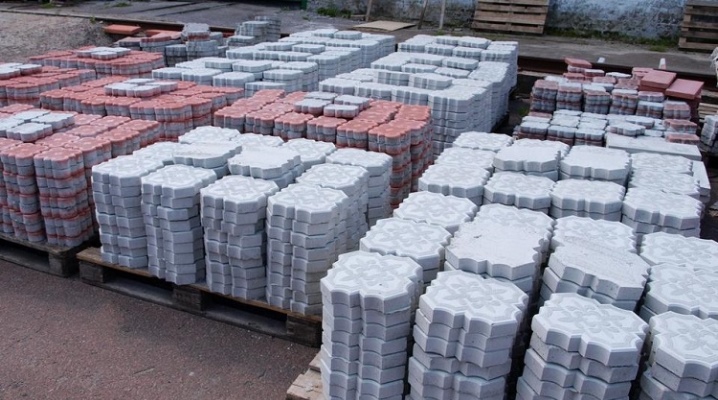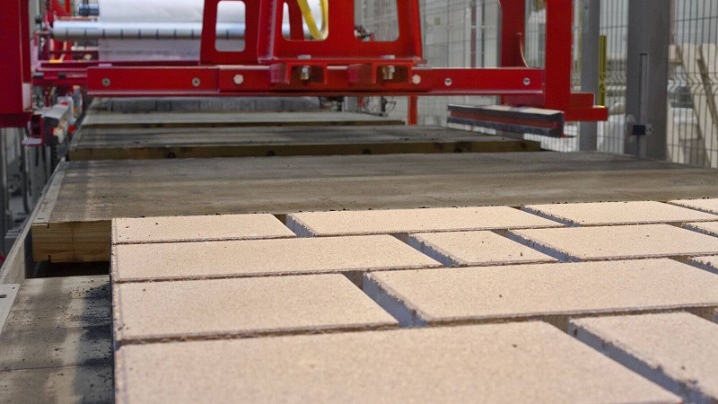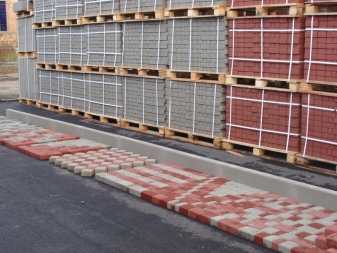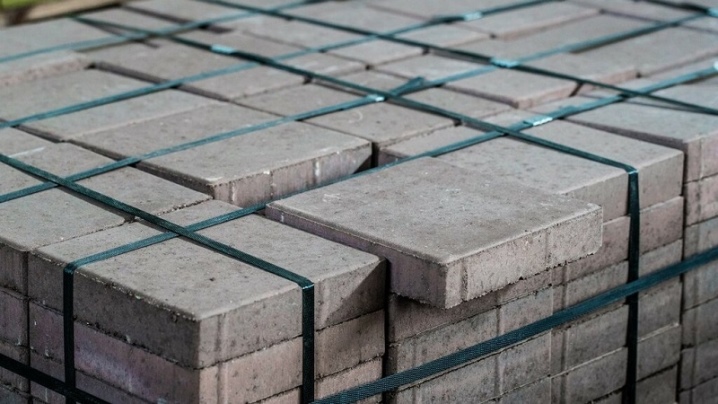How many paving slabs are in a pallet?

It is very useful for all builders, decorators, owners of country and even city houses, gardens to know how many paving slabs are in a pallet. A very important aspect is how many square meters of paving stones and tiles 200x100x60 mm and other sizes in 1 pallet. There are also a number of subtleties, and not everyone knows that they must be taken into account.

Why is this information needed?
The need to calculate the amount of paving stones or other paving slabs in a pallet is much more common than it might seem. (Paving stones are one of the subtypes of tiles). This material is supported by:
- relatively affordable price;
- decent technical parameters;
- a wide variety of colors;
- the possibility of arranging any areas.
Delivery of lots of various sizes is quite available. But in most cases, tiles are purchased in pallets. And it is natural that the question arises, how much of the finishing material will be delivered to the object. Otherwise, it is impossible to correctly calculate the volume of products that will be required for installation. The pallet weight also allows you to calculate:
- carrying capacity of transport;
- axle load (when driving on bridges and soft ground, on ice crossings);
- the need to use special equipment for unloading;
- labor intensity of loading and unloading;
- the necessary strength of the storage racks or supports;
- the exact mass of the entire party.
Of course, such information is needed for those who order paving stones or other tiles in large quantities. Otherwise, it is impossible to find a suitable vehicle and means for manipulation. In addition, the cost of delivery depends on the weight of the goods, and in many respects - for subsequent storage.
With a significant load, the material can only be laid out on a concrete or brick substrate. Lighter batches should be placed on a sand pillow.


Number of squares
But the mass (weight) of the pallet is far from everything. It is imperative to know how many pieces can fit in one pallet, as well as the number of square meters of tiles that will be put there. Without such indicators, again, it is impossible to clearly plan transportation and storage. Their calculation is influenced, in turn, by:
- the sizes of individual blocks (which is important, the dimensions are taken into account along all three axes, since otherwise it will not be possible to find out how many tiles or paving stones can be put on 1 m2);
- the mass of such blocks;
- the number of elements placed in one pallet;
- empty container weight.
When buying a pallet of tiles 200x100x60 mm, this pallet will contain exactly 12.96 or 12.5 sq. m.Typical weight of one block is 2 kg 700 g. Other options:
- with dimensions 240x240x60 - 10.4 m2;
- with dimensions 300x400x80 - 11.52 sq. m;
- at a size of 400x400x45 - 14.4 squares;
- with a size of 300x300x30 - 10.8 m2;
- for tiles 250x250x25 - 11.25 m2.

What should be considered?
It is necessary to pay attention not only to the size, but also to what type of tile is meant. True, all common material options differ little in terms of gross weight and capacity. So, the "Old Town" model with typical dimensions of 180x120x60 mm has a mass of 127 kg per square meter. The pallet can accommodate up to 12.5 of these squares. Since, as a result, their weight will exceed 1600 kg, which is easy to calculate, transportation on the widespread Gazel car will become possible only “in overload”.
Such a measure is permissible only as a last resort. When choosing "Brick", the weight and quantity in one unit of shipping container will not differ. However, the dimensions of each block will already be 200x100x60 mm.If you buy a tile "8 bricks", then 1 m2 will confidently pull 60 kg, and no more than 10.8 square meters will fit into the pallet. m. Together with the shipped goods, such a container will weigh approximately 660 kg (with an acceptable deviation in practice).
For "8 bricks" the size of a single block is 30x30x3 cm. Reducing the thickness of tiles and paving stones makes them lighter. Accordingly, more goods will fit in a car or on a rack with a certain load capacity. However, it should be understood that this way of "saving" is very controversial. A very thin decorative coating can quickly fail, since its wear resistance naturally decreases; in addition, it is worth checking the capacity of a pallet with specific properties directly with the supplier when ordering.
It is also useful to read the official specifications from open sources. It clearly says:
- what is the size of the cargo;
- how much one paving stone weighs;
- how many products are in a square meter;
- how many tiles can be laid out on a standard pallet;
- how much the filled pallet will weigh.















The comment was sent successfully.